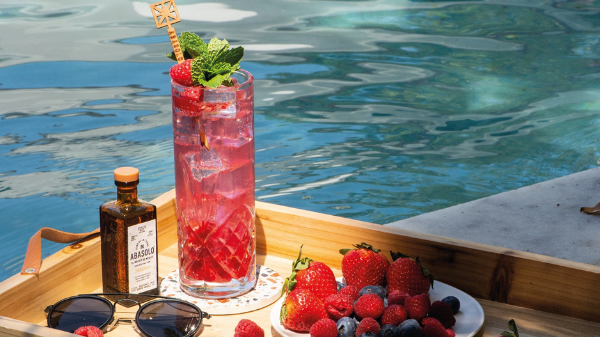
Introducing from Mexico: Corn Whisky
The whisky scene has exploded, exhibiting a razzle-dazzle that is no longer exclusively reserved for rich, retired men with fading taste buds. In many countries, drinking whisky is a sign that you’ve made it in life. For a traditional dram fan, Scotland is to whisky as Champagne is to fine wine – the irrefutable elite. Yet, over the last few years, with a boom in independent craft distilleries, connoisseurs are swirling and warming to the idea of whiskies from unexpected, exotic and distant places. Mexico is one such emerging drinks powerhouse – and we are not talking about the agave-based tequila or mezcal that have enjoyed unprecedented success.
Mexican corn whisky is at the crossroads of something potentially disruptive – it doesn’t yet enjoy the status of Scotch or Yamazaki, which are made from malted barley – but evokes a charm and complex subtlety missing in the current, mass-produced market.
Indigenous Diaries
Several intriguing layers of Mexican spirits are yet to unfold that go beyond tequila and sotol. Many times, a new whisky trend is not just about the region, altitude or climatic factors, it’s also what grain is used in the production which drives up the demand.
In 2011, Mexican whisky pioneers Jonathan Barbieri and Douglas French, then essentially mezcal producers from Oaxaca in southwestern Mexico, started toying with the idea of distilling their ancestral grain after a massive shortage of agave shut down their businesses. For them, necessity was the mother of invention; what seemed revolutionary to the world was utterly natural to them. If their heirloom grain – 4,000-year-old corn – has nourished the Mexican civilisation and culture since ancient times and conquered the global palate with burritos, then why limit it to just cuisine? A series of nuanced experiments later, corn whisky, a true rarity of the region was born.
Most varieties of corn whisky are genuinely ‘artisan’, produced in small, dusty family distilleries of Mexico no larger than a Hong Kong apartment. Corn undergoes the ancient handcrafted process of nixtamalization – the soaking of kernels in alkaline solution before hulling. Its simplicity results in a standout, pale yellow colour awash with oaky, toasty notes and a hint of natural, honeyed sweetness.
Unlike the American bourbon, Mexican corn whisky is not necessarily barrel-aged; storing it in copper pots imparts a funky yet uplifting, even stimulating profile.
“If Mexico’s heirloom grain – 4,000-year-old corn – has conquered the global palate with burritos, then why limit it to cuisine?”
Also Read: Cin Cin! Prosecco Rosé is a thing, here’s the lowdown
Standout Spirits
Abasolo is the only Mexican whisky that is made from 100-percent non-genetically-modified corn – other producers adjunct corn with grains like wheat and rye in the mash. Its intense, charred elegance with a finish of vanilla and sweet honey is unparalleled. Produced in Jilotepec to the north of Mexico City, the corn is soaked and cooked in lime water and made into a powder whilst preserving some whole kernels, which are malted like barley is in Scotch. After being distilled, Abasolo is aged in American oak barrels. It can be savoured on its own, in a cocktail (corn margarita, anyone?) or with a splash of pineapple juice and a dash of lime.
Sierra Norte, with its smoky, buttery, slightly grassy profile and complex character, is another brand to pour and contemplate. Double distilled in pot stills, refined in copper stills and aged in French oak barrels, this is a dark whisky reflecting the yellow, white, red or purple varieties of native corn used in the mash, along with 15 percent barley.
None of the Mexican corn-based spirits presently enjoys a wide distribution, but if you are lucky enough to get your hands on one, try it in a cocktail. Corn whisky and chilli liqueur, perhaps? Each spirit perfectly balances the other – you can taste both the maize and an authentic hint of poblano; they go well together as they grow together.
(Text: Nikita Mishra)
Also Read: Natural, sustainable and organic wines, explained











